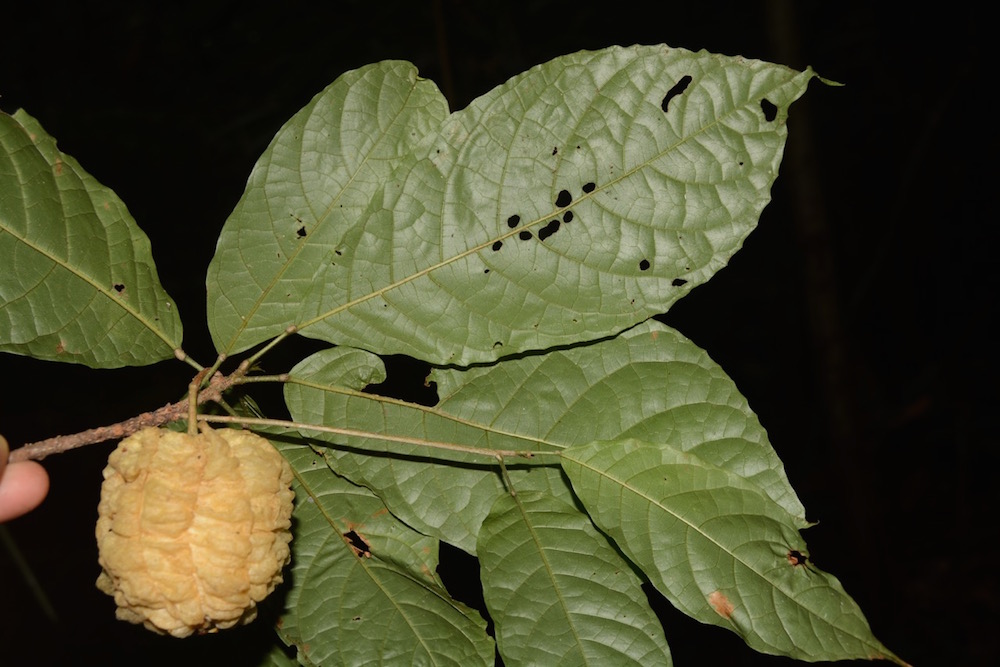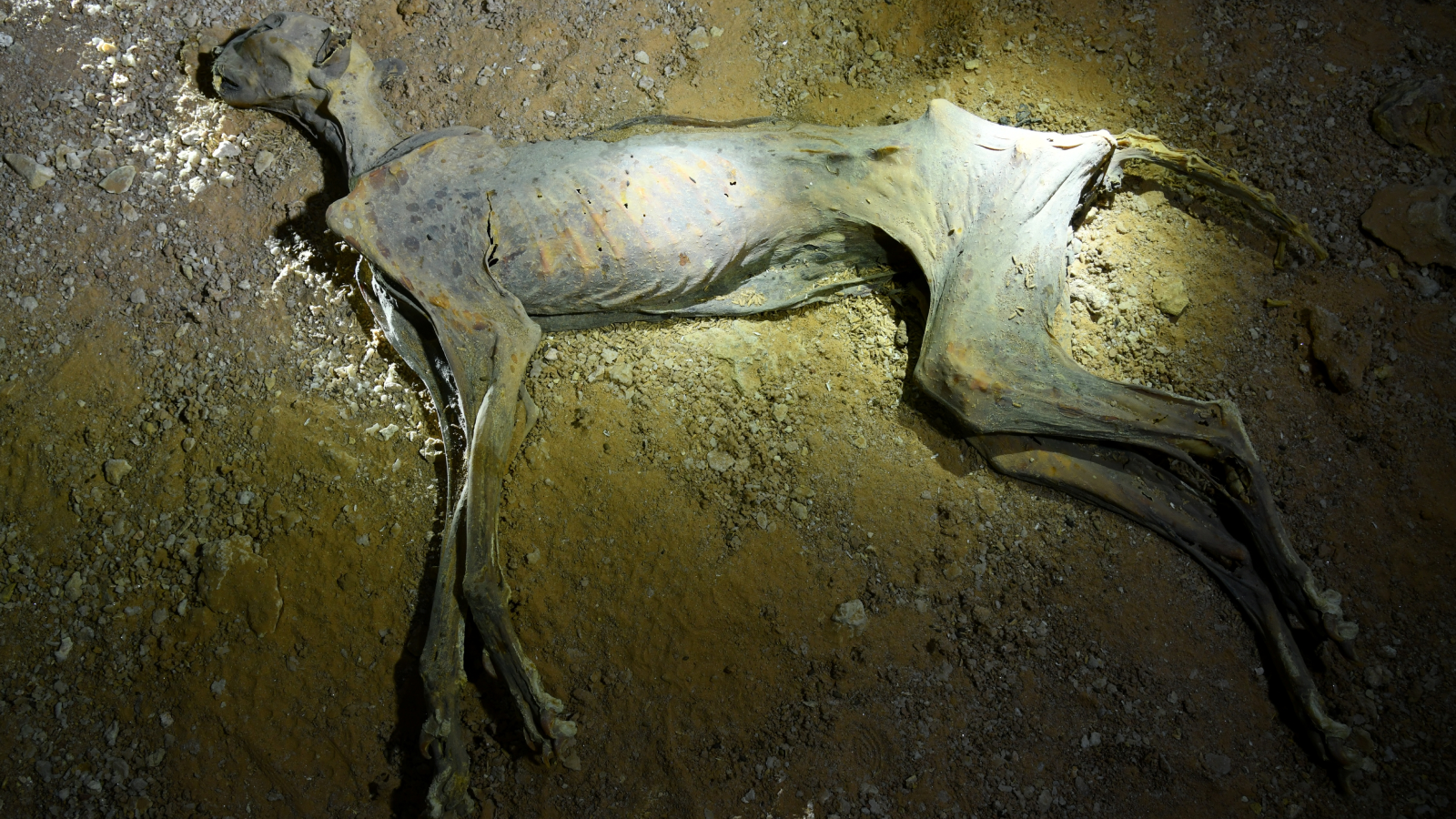How Many Types of Trees Grow in the Amazon? (Hint: It's A LOT)

The Amazon rainforest is awash in different types of trees — almost 12,000 species and counting, a new study finds.
The new tally is the first time anyone has tried to accurately count how many species of trees live in the Amazon, the most diverse place for trees on Earth, the researchers said.
"The Amazon is a truly rich place in terms of biodiversity," said the study's lead researcher, Hans ter Steege, a senior research fellow at the Naturalis Biodiversity Center in the Netherlands. "Indeed, much of that diversity consists of rare to very rare species."[Amazon Photos: Trees That Dominate the Rain Forest]
In 2013, ter Steege and his colleagues estimated that there were approximately 16,000 tree species living in the Amazon. But no one had ever counted them all, and one anonymous reviewer of that research speculated that there were as few as 6,000 species.
"After a while, I was just curious how many species of tree had actually been collected in the area," ter Steege told Live Science in an email. So, he and his colleagues combed through tree records from 1707 to 2015. According to their findings, the Amazon is home to 11,676 species of trees, and there are likely more that have yet to be discovered.
"We interpret this to mean that our 2013 estimate of 16,000 species is good, and that about 4,000 of the rarest Amazonian trees remain to be discovered and described," study co-author Nigel Pitman, a senior conservation ecologist at The Field Museum in Chicago, said in a statement.
To investigate, the researchers downloaded all of the available data on plant collections from the nine Amazonian countries. This data — including photos and digital records — was housed on the Global Biodiversity Information Facility and SpeciesLink, two large online repositories of natural history collection data, ter Steege said.
Get the world’s most fascinating discoveries delivered straight to your inbox.
"We needed to clean the data a lot (spelling errors, location errors), [and] take out the non-trees and collections not in the Amazon," ter Steege said.
As the researchers scrutinized records, they noted which years were the most fruitful for discovery. They found three major peaks: 1840, 1920 and 1980. For instance, there were only a few thousand specimens (each specimen can be for the same species) recorded before 1900 (just 5,696 in total), after which average collection rates rose to 839 specimens a year, the researchers wrote in the study.
After 1960, the collection rate rose to 10,380 a year. But in the past 10 years, these rates have declined, with 4,727 a year in 2000 to 2,636 a year for the past few years, the researchers said.
Some of these specimens turned out to be species that were new to science.
"Since 1900, between 50 and 200 new trees have been discovered in the Amazon every year," Pittman said. "Our analysis suggests that we won't be done discovering new tree species there for three more centuries."
The newly aggregated list will likely be a useful tool for ecologists studying the rainforest, the researchers said.
The study was published online today (July 13) in the journal Scientific Reports.
Original article on Live Science.

Laura is the managing editor at Live Science. She also runs the archaeology section and the Life's Little Mysteries series. Her work has appeared in The New York Times, Scholastic, Popular Science and Spectrum, a site on autism research. She has won multiple awards from the Society of Professional Journalists and the Washington Newspaper Publishers Association for her reporting at a weekly newspaper near Seattle. Laura holds a bachelor's degree in English literature and psychology from Washington University in St. Louis and a master's degree in science writing from NYU.
 Live Science Plus
Live Science Plus







